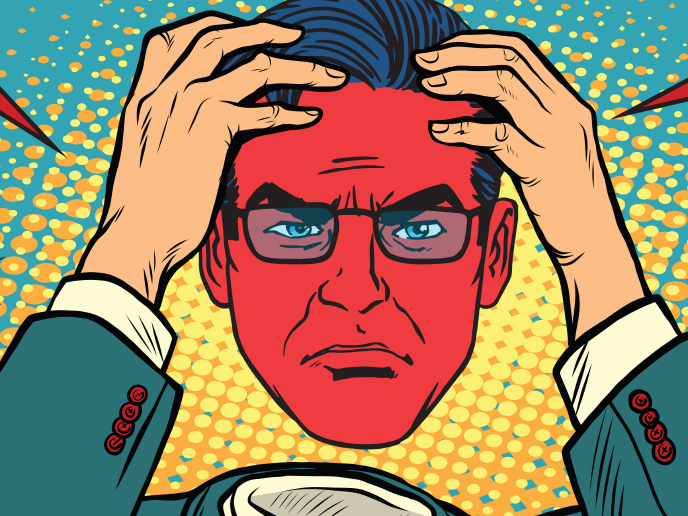New solutions to soothe chronic pain
Finding relief through innovative EU-funded research
Causes of chronic pain, when they can be identified, include a myriad of different possibilities. Common types of chronic pain include neuropathic pain, rheumatological pain, headaches and cancer pain. In Europe, patients most often report that their back is the source of their chronic pain. Chronic pain can also be the result of an injury or trauma. Because of the numerous causes that can result in chronic pain, it takes a long time before patients receive an accurate diagnosis – some surveys have reported that more than 50 % of chronic pain sufferers in Europe have to wait at least 2 years before their pain is adequately managed. Of course, as with so many other healthcare issues, the fact that Europe’s population continues to rapidly age when compared to other regions of the world, chronic pain management is likely to become an ever-increasing burden on already straining European healthcare systems. New treatments and solutions will be urgently needed to efficiently treat what is likely to be an increasing army of chronic pain sufferers. Under the EU’s Horizon 2020 programme for research and innovation, there are indeed many dedicated projects that are pioneering innovative new therapies and treatment opportunities for chronic pain. In this issue’s special feature, we’re meeting seven of them. This includes NANOHEDONISM, a European Research Council-funded (ERC) project that has been employing nanotechnology as a means to improve pain management, the NGN-PET project that has carried out fascinating work on better treatment options for neuropathic pain focused on neuron-glia co-cultures, and the TargetCaRe project that has explored cartilage regeneration as a possible treatment for chronic lower back pain and osteoarthritis. Our four other featured projects have also brought compelling results to the table and hopefully their cutting-edge solutions will soon be available to all patients across Europe who sorely need them. We look forward to receiving your feedback. You can send questions or suggestions to: editorial@cordis.europa.eu



